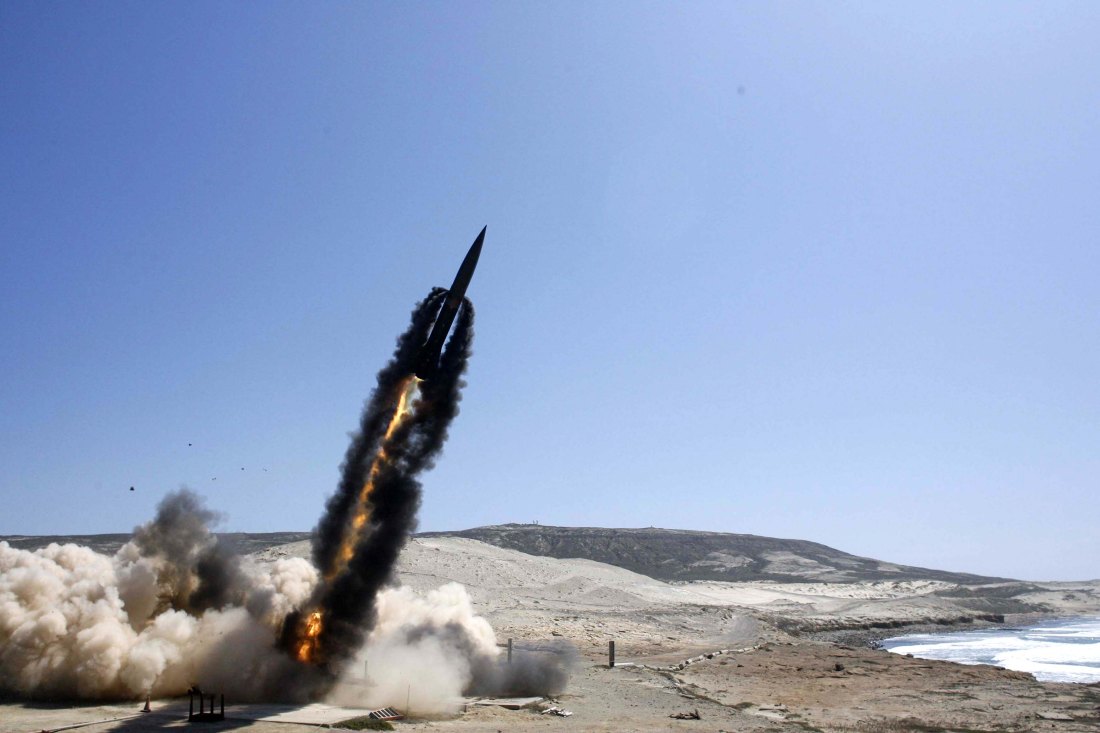
Iran possesses one of the most extensive ballistic missile arsenals in the Middle East, with many of those weapons capable of carrying a nuclear device. This is mainly due to several technological advancements the country has made in the field of aerospace engineering over the past decade. Some of these accomplishments include the deployment of satellites into low Earth orbit, the construction and successful testing of multi-stage missiles, improved missile guidance, and improved fuel efficiency. These, among other advancements, have extended Iran’s firing range, improved missile speeds, and lowered costs.
The growth of Iran’s missile armament has increased global fears surrounding the country’s intentions. One concern is that Iran plans to build a fleet of long-range missiles that could act as a substitute for the country’s aging air-force. Another concern is that Iran could use these improved ballistic missiles to deliver nuclear payloads. Due to the tense political climate in the Middle East, many fear the potential for escalation on both a regional and global scale, were Iran to become a nuclear power.
Though an international deal preventing Iran from acquiring nuclear weapons was reached in July 2015 under the Obama administration, there remain many who are skeptical of the agreement’s strength. Speaking with Politico, Mark Dubowitz of FDD said: “the day was a bitter setback.” The arrangement, which was supported by the UN and many U.S. allies, requires the Iranian government to submit to inspections of military facilities in exchange for the removal of economic sanctions.
Mark Dubowitz doesn’t believe Iran is living up to its end of the bargain, and he is not alone. President Trump has repeatedly criticized the deal for being unenforceable. FDD explains that the way the agreement is written requires the president to waive the US sanctions against Iran on a prearranged timetable (every 120-180 days). If the president refuses to waive the US sanctions, the deal will crumble.
In January President Trump vowed not to waive any further sanctions.
Push-back against the agreement has drawn criticism from both parties, as well as leaders abroad. The heads of Russia and China have both denounced the current administration’s refusal to cooperate with the deal, calling it “efforts by the US o change negotiated treaties.” However, the US’s position, both under the Obama administration and the Trump administration, as well as the European position, is that the deal might already be void by Iran’s refusal to allow proper inspections.
One subject the treaty doesn’t cover, which many wanted included, is Iran’s non-nuclear missile program. The country has been able to continue with its efforts to expand the scale, reach, accuracy, and speed of its projectiles uninhibited by global sanctions. In a last-ditch attempt to keep the United States from leaving the deal, European allies have promised to work on a version of the treaty that would require Iran to halt efforts on its ballistic missile program, or face the return of global economic sanctions. While the future relationship between the U.S. and Iran remains uncertain, many are hopeful that some arrangement will stay in place for the time being.